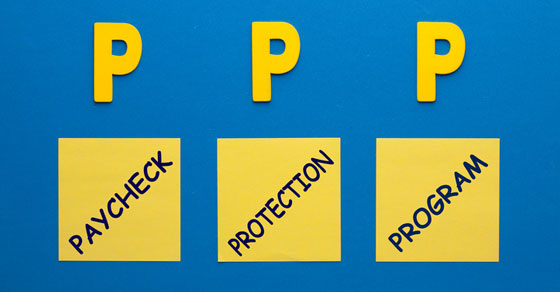This year, the optional standard mileage rate used to calculate the deductible costs of operating an automobile for business decreased by one-and-one-half cents, to 56 cents per mile. As a result, you might claim a lower deduction for vehicle-related expenses for 2021 than you could for 2020 or 2019. This is the second year in a row that the cents-per-mile rate has decreased.
Deducting actual expenses vs. cents-per-mile
In general, businesses can deduct the actual expenses attributable to business use of vehicles. This includes gas, oil, tires, insurance, repairs, licenses and vehicle registration fees. In addition, you can claim a depreciation allowance for the vehicle. However, in many cases, certain limits apply to depreciation write-offs on vehicles that don’t apply to other types of business assets.
The cents-per-mile rate is useful if you don’t want to keep track of actual vehicle-related expenses. With this method, you don’t have to account for all your actual expenses. However, you still must record certain information, such as the mileage for each business trip, the date and the destination.
Using the cents-per-mile rate is also popular with businesses that reimburse employees for business use of their personal vehicles. These reimbursements can help attract and retain employees who drive their personal vehicles extensively for business purposes. Why? Under current law, employees can no longer deduct unreimbursed employee business expenses, such as business mileage, on their own income tax returns.
If you do use the cents-per-mile rate, be aware that you must comply with various rules. If you don’t comply, the reimbursements could be considered taxable wages to the employees.
The 2021 rate
Beginning on January 1, 2021, the standard mileage rate for the business use of a car (van, pickup or panel truck) is 56 cents per mile. It was 57.5 cents for 2020 and 58 cents for 2019.
The business cents-per-mile rate is adjusted annually. It’s based on an annual study commissioned by the IRS about the fixed and variable costs of operating a vehicle, such as gas, maintenance, repair and depreciation. The rate partly reflects the current price of gas, which is down from a year ago. According to AAA Gas Prices, the average nationwide price of a gallon of unleaded regular gas was $2.42 recently, compared with $2.49 a year ago. Occasionally, if there’s a substantial change in average gas prices, the IRS will change the cents-per-mile rate midyear.
When this method can’t be used
There are some situations when you can’t use the cents-per-mile rate. In some cases, it partly depends on how you’ve claimed deductions for the same vehicle in the past. In other cases, it depends on if the vehicle is new to your business this year or whether you want to take advantage of certain first-year depreciation tax breaks on it.
As you can see, there are many factors to consider in deciding whether to use the mileage rate to deduct vehicle expenses. We can help if you have questions about tracking and claiming such expenses in 2021 — or claiming them on your 2020 income tax return.
© 2021






